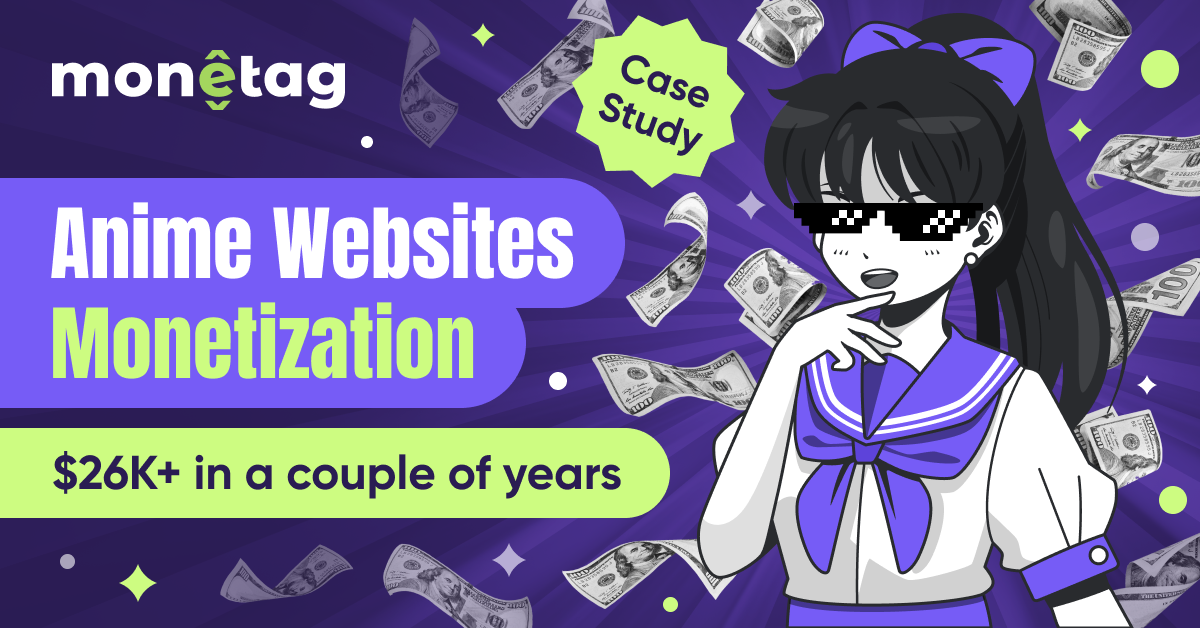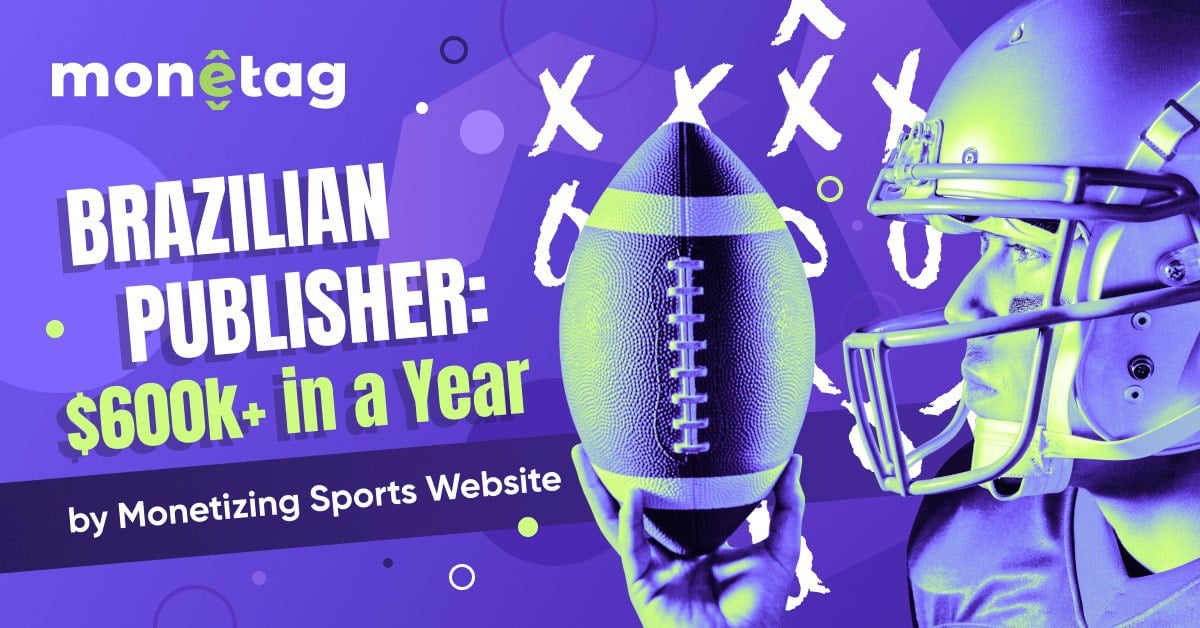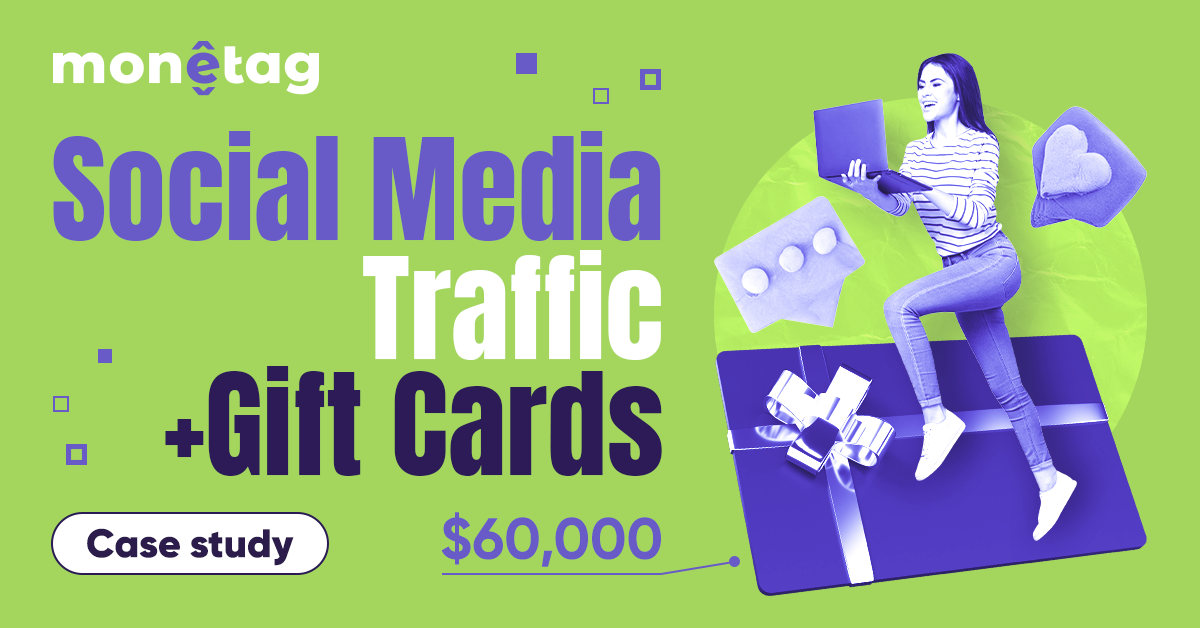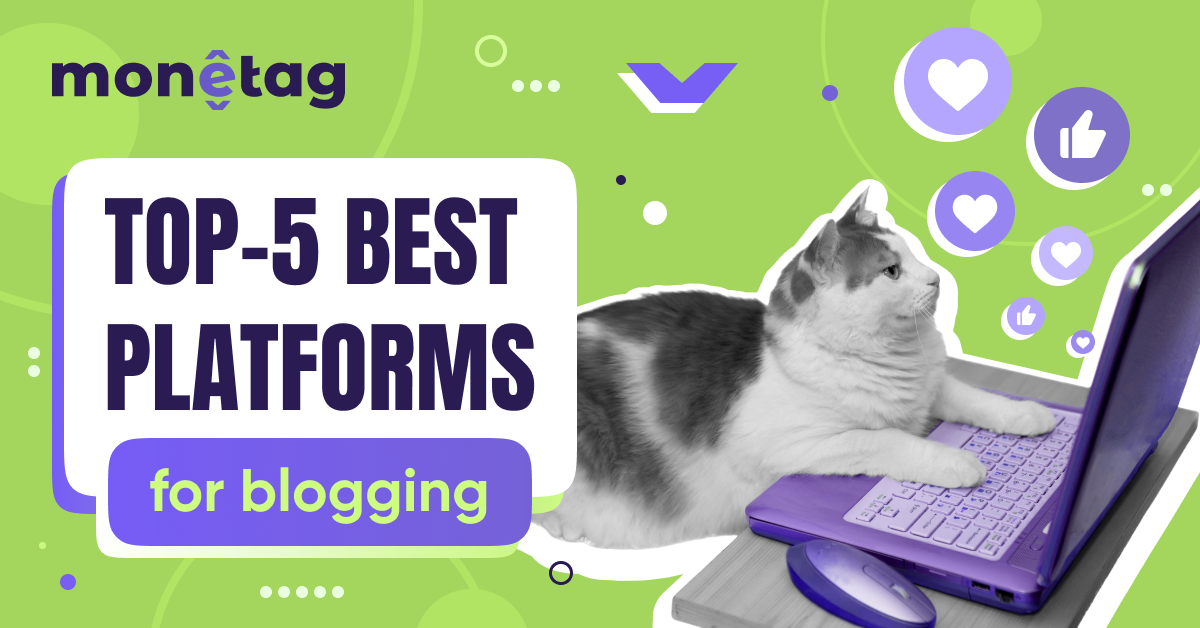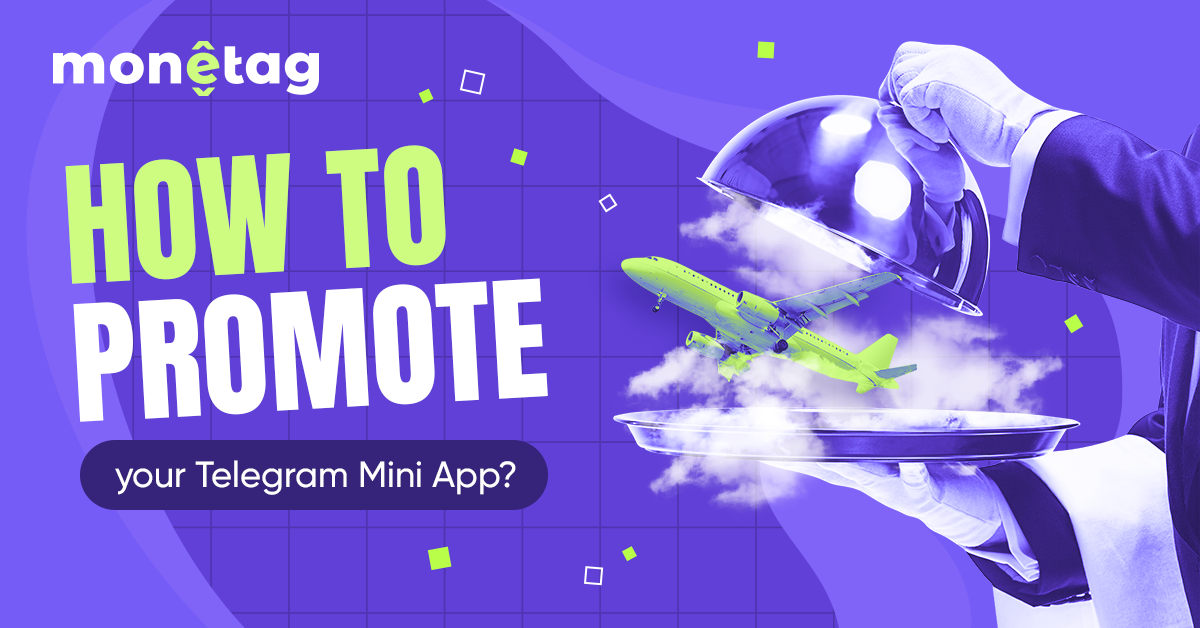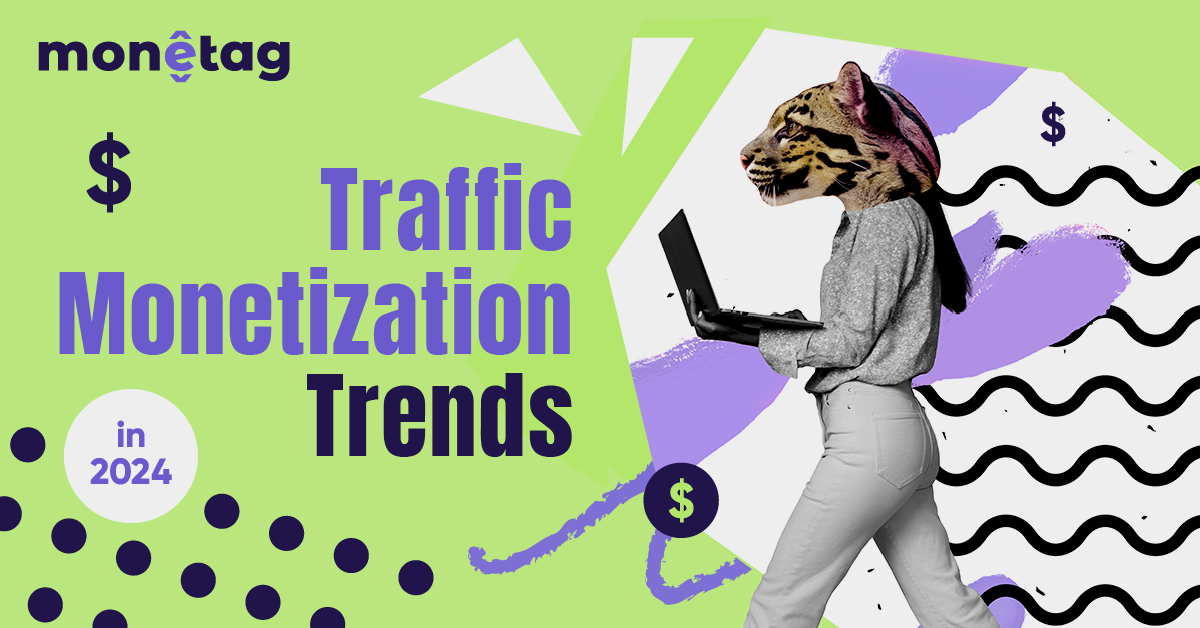The Best Niches for Popunder Ads (Without Wrecking Your Audience)

Popunders still spark arguments. Some people hate them. Some rely on them. Both are right. If you run a site and you need steady revenue, popunders can help — if you match them to the right visitors and the right moment. This article shows the best niches for Pop ads, why they work, and how to monetize traffic without burning trust.
You don’t need fancy words here. A popunder is a new tab that opens behind the current one. Users usually notice it when they close or switch. It’s simple. It fills worldwide. And yes, it can pay well in regions where display ads pay pennies.
How to Spot a Popunder-Friendly Niche
A niche works with popunders when three things line up: intent, patience, and momentum.
- Intent means what the visitor wants right now. If they came for a quick task—watch a stream, download a tool, check a live score—they’ll tolerate a background tab more than someone reading a long essay.
- Patience sounds fuzzy, but you feel it. Gaming communities hang around longer. Fans scrolling through an anime gallery or a mod’s catalog jump pages. That extra session depth gives you safer chances to monetize.
- Momentum is the traffic shape. If your site rides seasonal peaks (sports playoffs, Black Friday, exam periods), Popunder demand follows. You can raise or lower caps in those windows and lock in extra revenue without changing the core site.
Add two more signals: your device split (some niches skew desktop; some are 90% mobile) and GEO mix (Tier-1 pays more but is stricter; Tier-2/3 bring volume and steady fill). Put it all together, and you can predict earnings before you flip the switch.
Okay, so which categories actually work?
Here are the best niches for Popunder ads based on real-world patterns. We’ll keep it honest about what’s good, what breaks, and what to watch.
On-demand and entertainment hubs
This is one of the most consistent traffic sources for popunders. People land on these sites looking for something specific — a movie, a sports replay, or a music clip. They’re already used to the idea that free content comes with some form of advertising.
What makes this niche especially strong is the attention span: viewers often stick around for the entire video or browse for another one. That means your audience isn’t bouncing in two seconds; they’re engaged.
Desktop traffic often brings the best results here because many users prefer full-screen viewing in browsers, where ad blockers or extensions may be turned off to improve playback quality. Mobile still works, especially for short-form content, but desktop holds the edge for longer sessions.
Casual gaming portals and emulators
The decline of Flash didn’t kill browser gaming — HTML5 and emulators keep it alive. Visitors jump from game to game, replay levels, or switch titles quickly, creating a natural rhythm for repeated engagement.
This type of audience is active, clicking buttons and moving through pages rapidly. They’re also often young and tech-comfortable, meaning they’re less surprised by ads.
Desktop is a powerhouse for gaming because of better performance and screen space, but mobile is no slouch when games are optimized well. With so many game categories — puzzles, retro arcade, strategy — there’s room to match different traffic sources to different advertiser niches.
Utilities and tools: converters, compressors, checkers
Think of all the small online tasks people do daily: compressing an image, converting a file format, checking internet speed, or looking up their IP address.
Utility sites are the definition of purpose-driven traffic. Users arrive with a goal, complete it, and often return the next time they need it. That repeat behavior can build steady traffic over time.
Since many of these tools are used during work or study sessions, the desktop leads the way in performance. The trust factor also matters here — if the tool is clean, fast, and accurate, people don’t mind the occasional ad experience as part of the free service.
File-sharing and cloud mirrors
This niche has been steady for years because the need for file hosting never disappears. People share videos, archives, large PDFs, software builds — and mirror links are a common backup when main links fail. Visitors here usually understand that hosting large files costs money, so ads are seen as part of the process. Another plus: the geographic reach is wide.
Whether it’s personal sharing between friends or professional distribution of resources, demand is constant.
Desktop traffic is often more valuable here due to larger download sizes and more reliable connections, but mobile users also convert when the process is smooth.
Anime, manga, K-drama, fandom wikis
Few audiences are as dedicated as fandom communities. Anime readers, drama watchers, or wiki browsers can spend hours binging content.
The sessions are long, the click patterns are predictable — next chapter, next episode, next gallery image — and engagement stays high. These fans are also less likely to abandon a session over a small interruption if the site runs smoothly.
The loyalty factor is key: many visit the same platforms repeatedly to keep up with series, storylines, or community discussions. With such a committed base, popunders can blend in as part of the browsing flow without pushing people away.
Sports scores, live stats, match trackers
Sports fans behave in bursts of activity. During a big game, they refresh the scoreboard constantly, check player stats, jump between match updates, or watch a live tracker. That creates a lot of micro-engagement moments in a short time. And unlike passive browsing, these clicks are intentional and focused, so the audience is tuned in.
Traffic peaks during major tournaments, playoff seasons, and international events — making it a niche that can deliver sudden spikes in volume. Both desktop and mobile are strong here, with mobile being especially important for fans checking scores on the go.
Coupons, price comparison, deal blogs
This is one of the most “click-ready” audiences you can find. Visitors are already in shopping mode, actively looking for discounts or the lowest price. They’re used to clicking “get deal” or “reveal code” buttons, so additional interactions don’t feel unusual.
Seasonal events — Black Friday, Singles’ Day, back-to-school — can turn even casual shoppers into high-engagement visitors.
What’s unique here is the commercial intent: people are often only a few clicks away from making a purchase, which makes the traffic valuable.
Desktop can perform slightly better because of larger comparison views, but mobile wins during peak sale days when shoppers are checking deals on the go.
News and blogs with high pageviews
It’s true that some news readers are sensitive to ad formats, but there’s a difference between a breaking news audience and one reading evergreen or lifestyle content. Galleries, top-10 lists, celebrity news, and live blogs tend to generate high pageview counts per session. That makes them more resilient to light monetization.
The challenge is finding the balance so the experience doesn’t feel pushy. If done right, this niche benefits from both high traffic volume and the kind of engaged scrolling that keeps people around for multiple pages.
Education, study tools, past papers
Surprisingly, this can be a high-engagement niche, especially during academic peaks. Students download past exam papers, use citation generators, check grammar, or browse study guides.
Teachers and tutors do the same when preparing lessons. The interaction is focused: visitors know exactly what they’re looking for, and they’ll often go through several files or tools in one sitting.
Since many of these tasks are done from a computer, desktop traffic tends to be dominant. The key here is trust — educational users value a clean, reliable resource and will return if it delivers consistently.
Seasonal windows matter more than you think
Every niche has a calendar. If you run sports, your year is built around opening days, playoffs, and finals. If you run coupons, it’s Prime Day, back-to-school, Halloween, Black Friday, and winter holidays. Anime has release cycles. Education peaks before exams.
Use that calendar. Raise caps a little when advertiser demand is higher. Lower them in quiet weeks to avoid ad fatigue. It feels small, but revenue graphs look smoother when you do this. Publishers who plan like merchandisers win more often.
Short FAQ
Do popunders still work?
Yes. They work best where users expect a little friction and come with a task mindset.
Mobile or desktop?
Both, but desktop handles popunders better. Be gentle on mobile.
Which niches should I avoid?
Long-form advice sites, mental health content, anything where trust is fragile. Keep those ad-light.
Bringing it all together
If you want to keep this simple, here’s the play: pick one of the most profitable website niches 2025 for Popunders, and stick to a reliable monetization platform like Monetag – with clean ads, convenient settings, and constant support.
The rest is routine: page speed, clean content, sensible triggers. And, one last thing: people love to argue about ad formats, but you don’t have to win that debate. You just have to run a site your audience returns to.
If a popunder helps pay for that, and it doesn’t break the experience, it earns its spot. If it doesn’t, turn it off. Revenue is a goal, not a personality trait.
